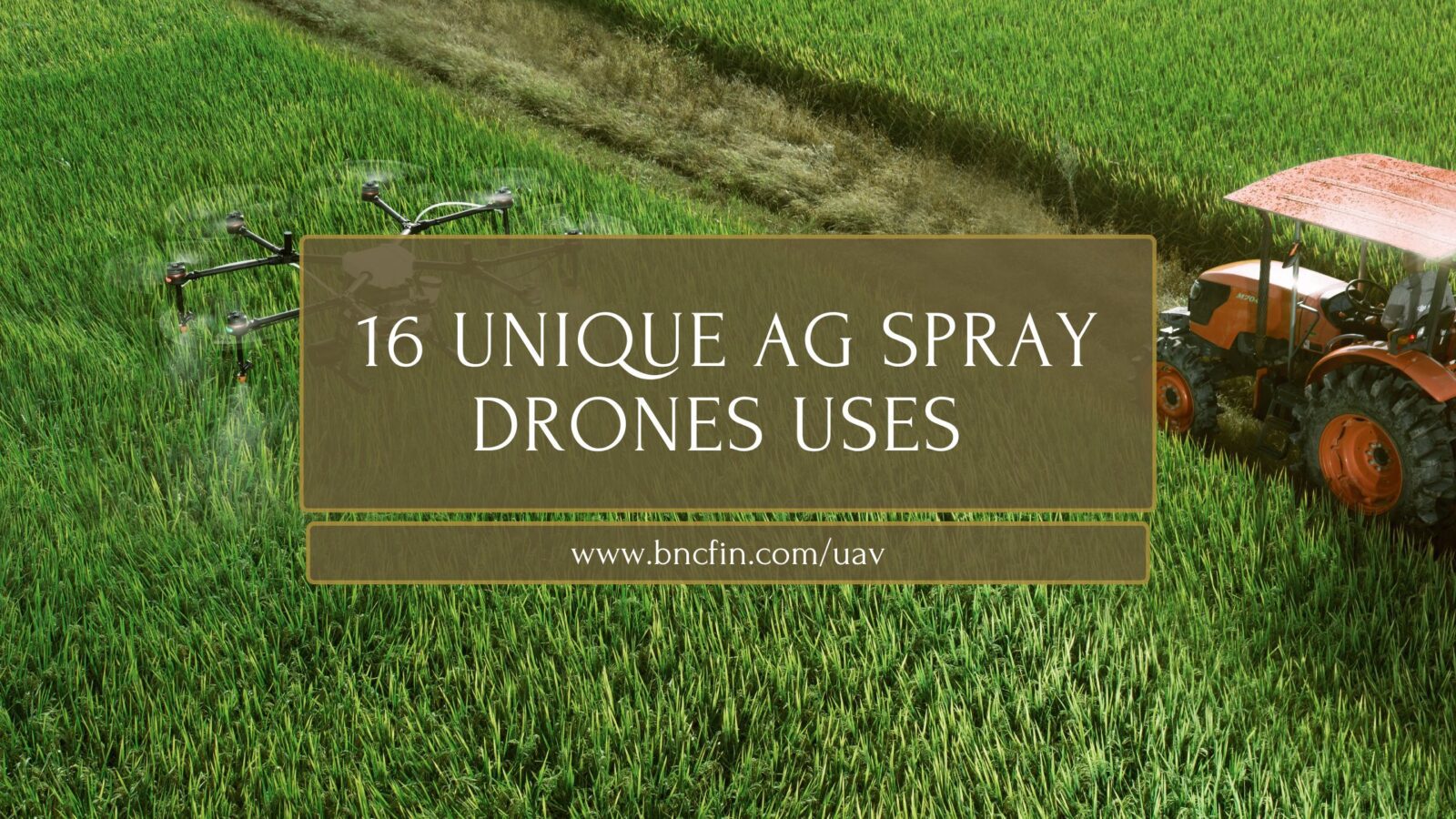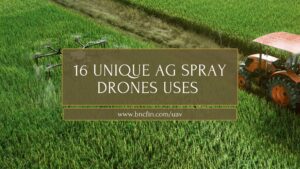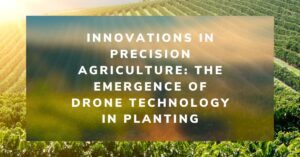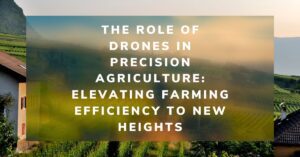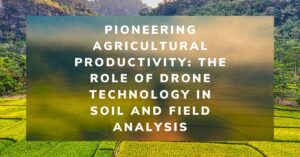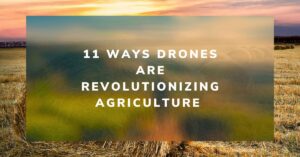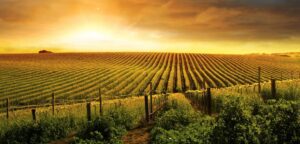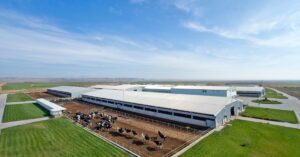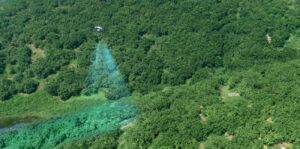16 Unique Agricultural Spray Drone uses Revolutionizing Modern Farming
In recent years, agricultural spray drones have rapidly transformed the landscape of modern farming. With their ability to spray pesticides, herbicides, and fertilizers precisely, they are becoming indispensable for farmers seeking to increase productivity while minimizing environmental impact. However, the applications of spray drones go far beyond simple crop spraying. Spray Drones offer a wide range of innovative uses that can help address many challenges in the agriculture industry.
In this article, we’ll explore 16 unique ways that agricultural spray drones are being used to enhance farming practices and support sustainable agriculture.
-
Precision Pest Control
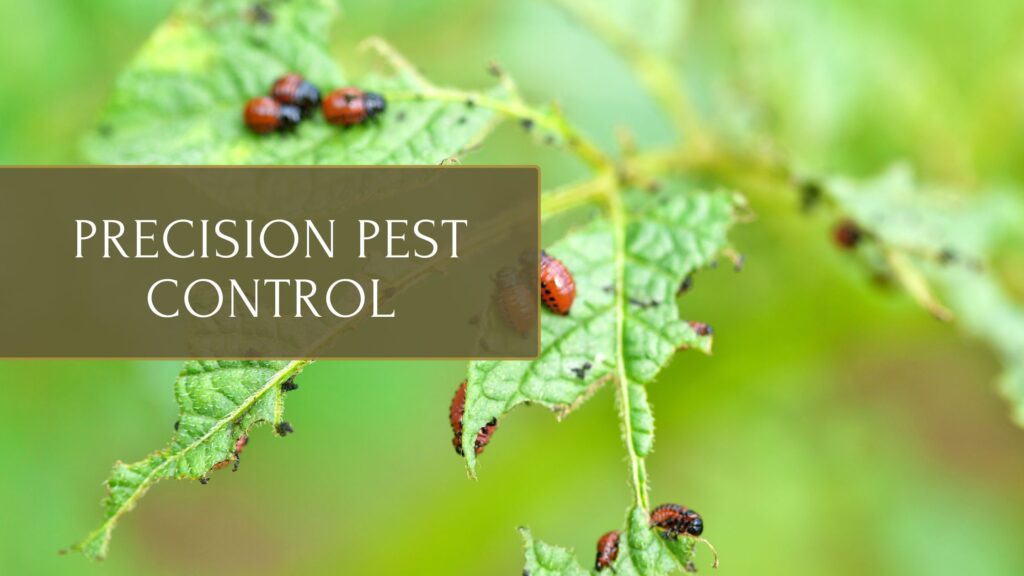 One key advantage of agricultural spray drones is their ability to target specific areas of a field where pest infestations occur. Rather than spraying entire fields with pesticides, drones can precisely apply treatments only to affected areas. This targeted pest control reduces chemical use, minimizes environmental impact, and saves on costs.
One key advantage of agricultural spray drones is their ability to target specific areas of a field where pest infestations occur. Rather than spraying entire fields with pesticides, drones can precisely apply treatments only to affected areas. This targeted pest control reduces chemical use, minimizes environmental impact, and saves on costs.
-
Frost Prevention
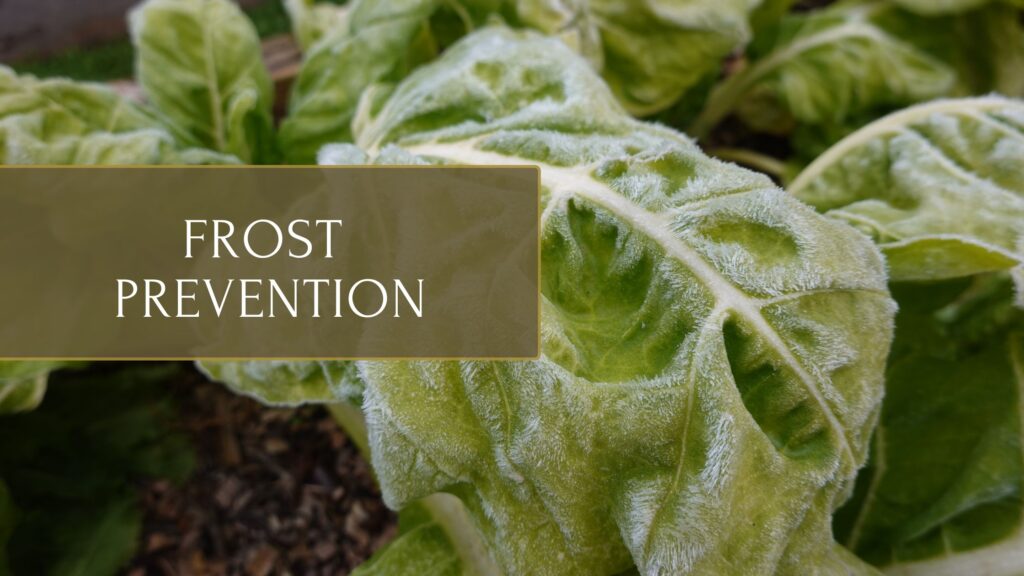 In regions prone to frost, drones can be used to disperse anti-frost agents over crops, protecting them from potential damage. Additionally, some drones can create air circulation over crops by pushing warm air from higher altitudes downward, helping to prevent frost from settling on plants. This is particularly useful in orchards and vineyards.
In regions prone to frost, drones can be used to disperse anti-frost agents over crops, protecting them from potential damage. Additionally, some drones can create air circulation over crops by pushing warm air from higher altitudes downward, helping to prevent frost from settling on plants. This is particularly useful in orchards and vineyards.
-
Pollination Assistance
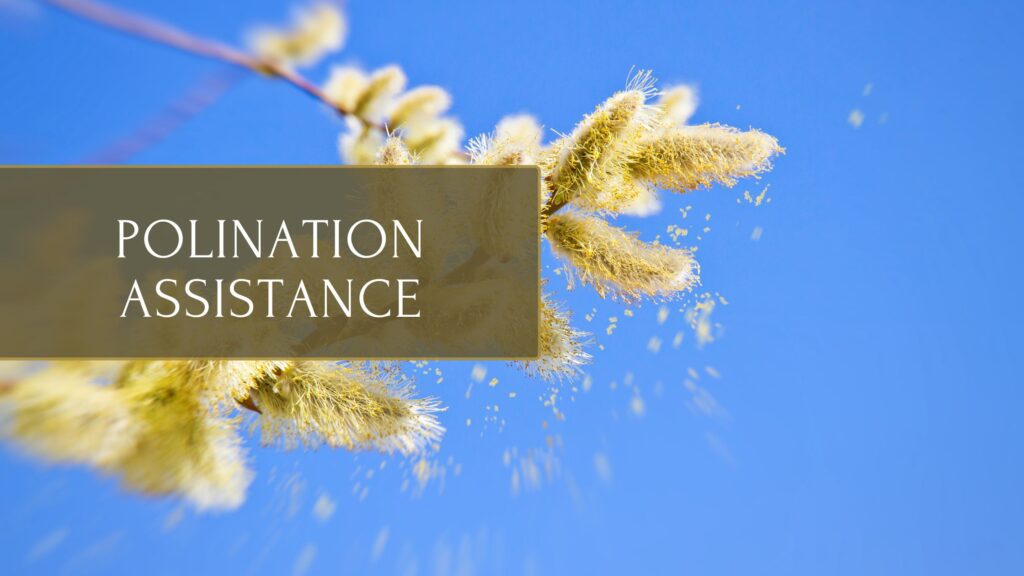 With declining bee populations affecting pollination, some farms have begun experimenting with drones to assist in the pollination process. These drones are equipped with tools to spread pollen across crops, helping farmers ensure that their plants are properly pollinated and able to produce healthy yields.
With declining bee populations affecting pollination, some farms have begun experimenting with drones to assist in the pollination process. These drones are equipped with tools to spread pollen across crops, helping farmers ensure that their plants are properly pollinated and able to produce healthy yields.
-
Seed Spraying and Cover Crop Planting
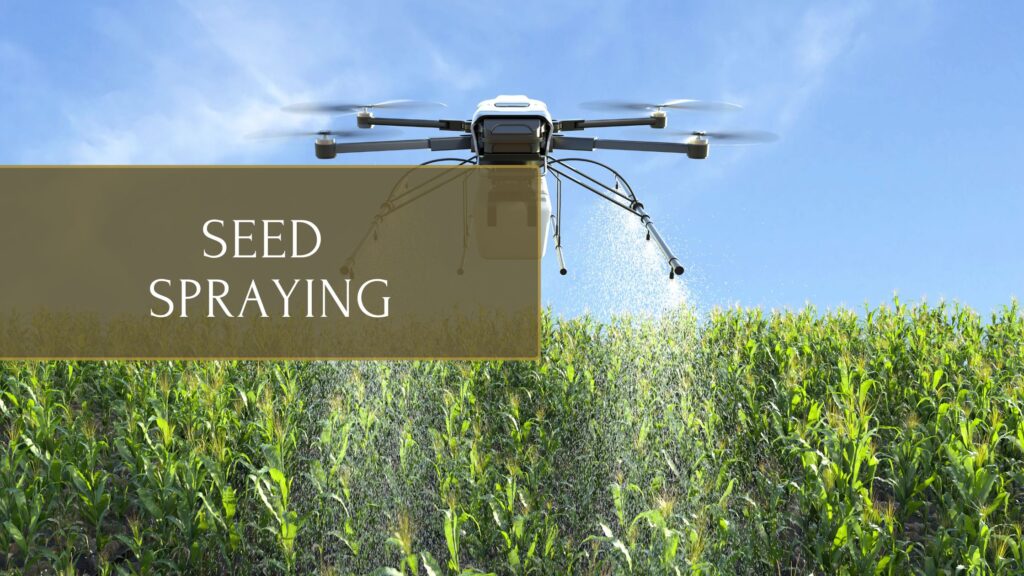 Spray drones aren’t limited to spraying chemicals; they can also be used to plant seeds. This is especially valuable for cover crop planting in difficult-to-reach areas or for reforestation efforts. Aerial seeding via drones allows farmers to cover large areas quickly without the need for heavy machinery.
Spray drones aren’t limited to spraying chemicals; they can also be used to plant seeds. This is especially valuable for cover crop planting in difficult-to-reach areas or for reforestation efforts. Aerial seeding via drones allows farmers to cover large areas quickly without the need for heavy machinery.
-
Aerial Fertilization
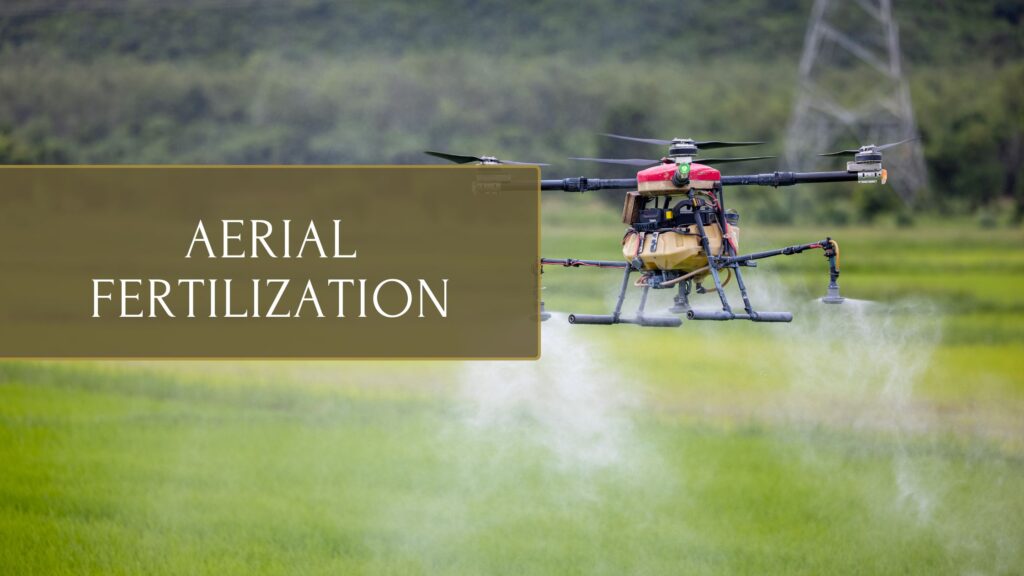 Precision fertilization is another major benefit of using spray drones. Drones can apply fertilizers evenly and efficiently across fields, with the added advantage of adjusting the amount based on real-time data from soil health sensors. This helps optimize crop nutrition and improves yields.
Precision fertilization is another major benefit of using spray drones. Drones can apply fertilizers evenly and efficiently across fields, with the added advantage of adjusting the amount based on real-time data from soil health sensors. This helps optimize crop nutrition and improves yields.
-
Disease Management and Fungal Treatment
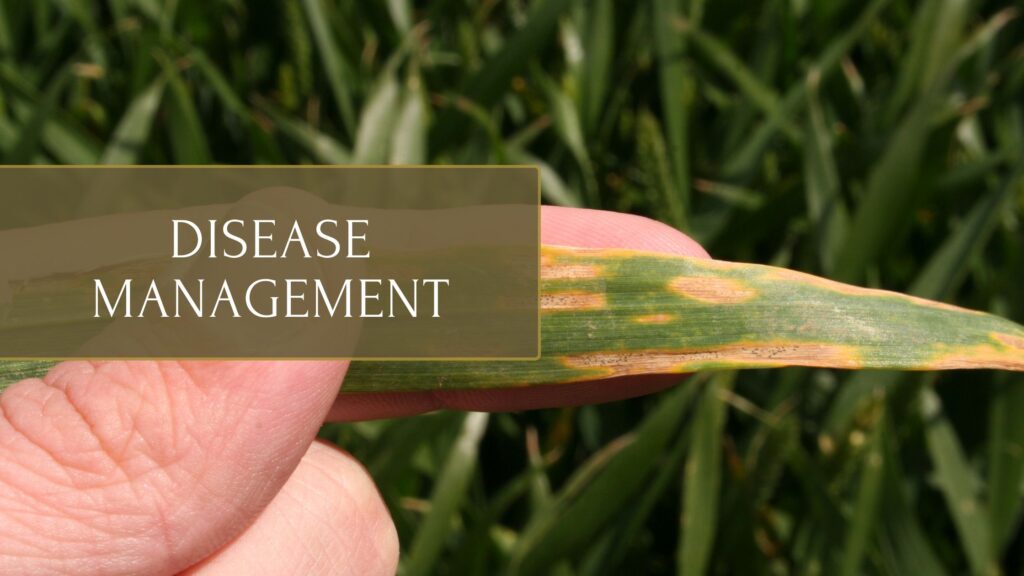 Drones can be deployed to spray fungicides on crops showing early signs of fungal infections, preventing the spread of disease before it affects an entire field. By identifying problem areas early and treating them quickly, drones help protect crops from significant losses.
Drones can be deployed to spray fungicides on crops showing early signs of fungal infections, preventing the spread of disease before it affects an entire field. By identifying problem areas early and treating them quickly, drones help protect crops from significant losses.
-
Aquatic Weed Control in Ponds and Irrigation Channels
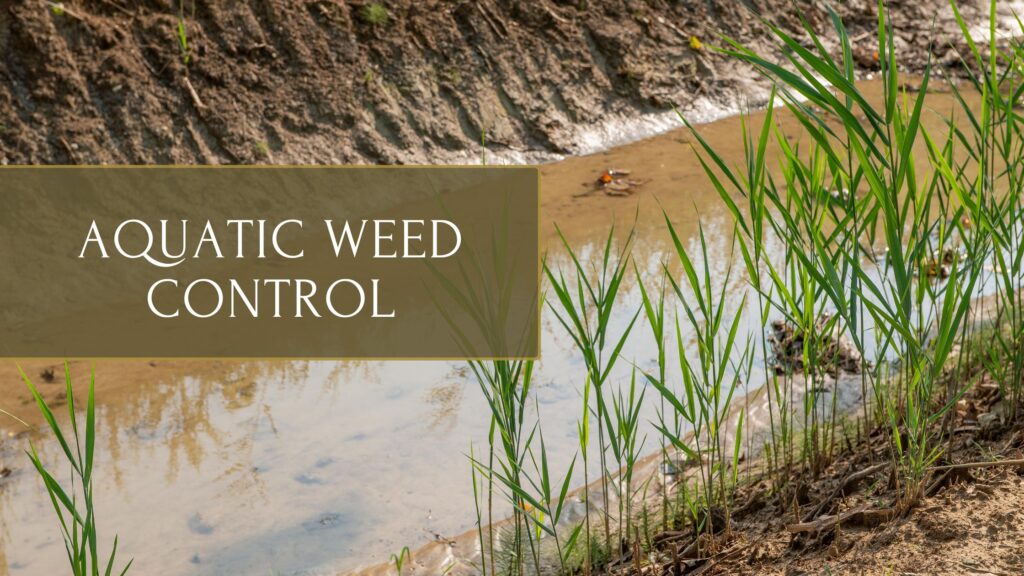 Spray drones can also be used for weed control in aquatic environments, such as ponds, lakes, or irrigation channels. By spraying herbicides over water bodies, farmers can control invasive aquatic plants and algae, which can clog irrigation systems and negatively affect crop health.
Spray drones can also be used for weed control in aquatic environments, such as ponds, lakes, or irrigation channels. By spraying herbicides over water bodies, farmers can control invasive aquatic plants and algae, which can clog irrigation systems and negatively affect crop health.
-
Nutrient Deficiency Correction
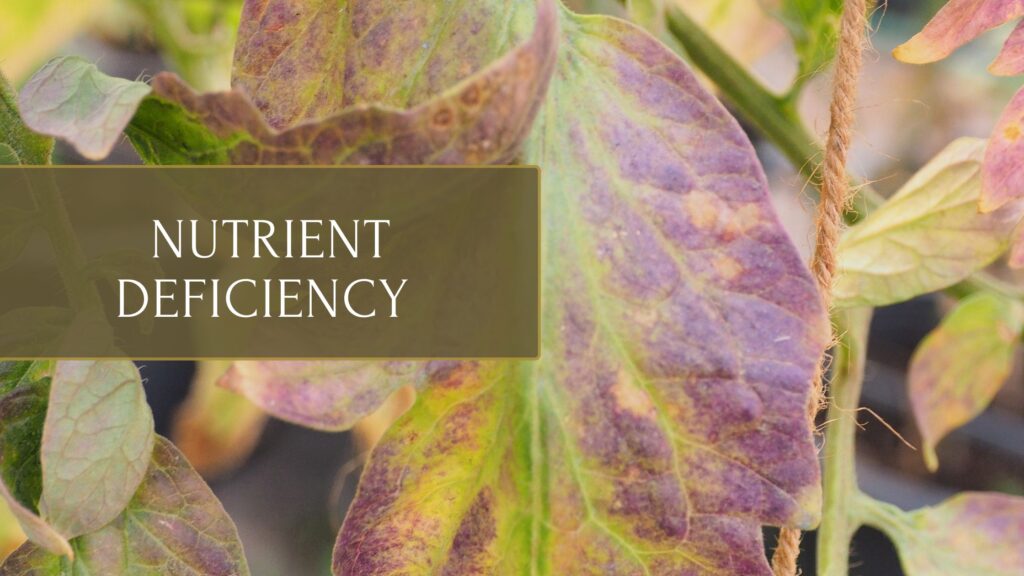 When crops show signs of nutrient deficiencies, drones can deliver foliar sprays containing the necessary nutrients directly to the affected areas. This precision application helps crops recover quickly without affecting the entire field, improving crop health and minimizing waste.
When crops show signs of nutrient deficiencies, drones can deliver foliar sprays containing the necessary nutrients directly to the affected areas. This precision application helps crops recover quickly without affecting the entire field, improving crop health and minimizing waste.
-
Livestock Pasture Management
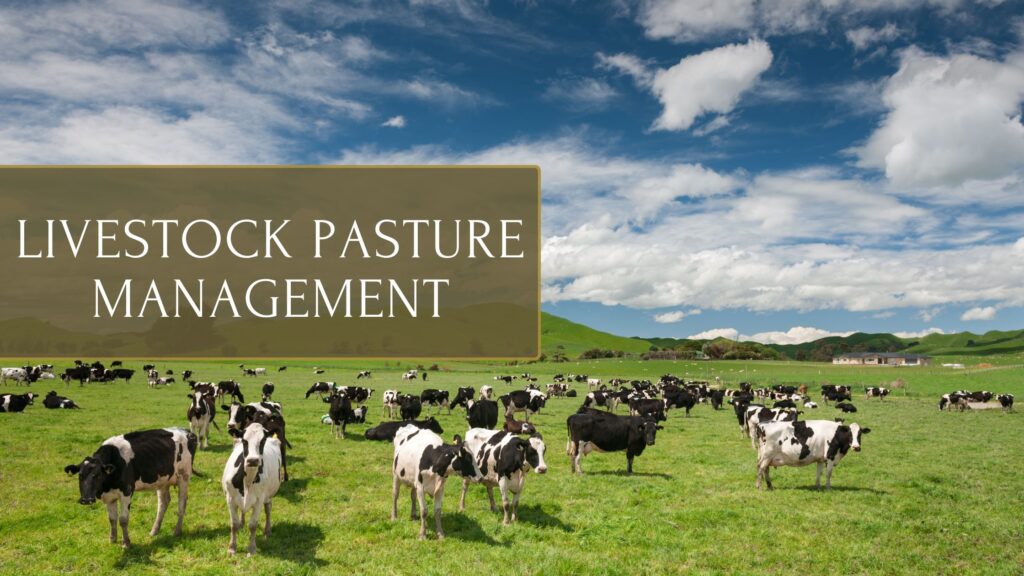 Drones can also be used to maintain livestock pastures by spraying fertilizers or herbicides to promote healthy grass growth and control invasive weeds. This results in better grazing conditions for livestock and more productive pastures.
Drones can also be used to maintain livestock pastures by spraying fertilizers or herbicides to promote healthy grass growth and control invasive weeds. This results in better grazing conditions for livestock and more productive pastures.
-
Reaching Remote or Inaccessible Areas
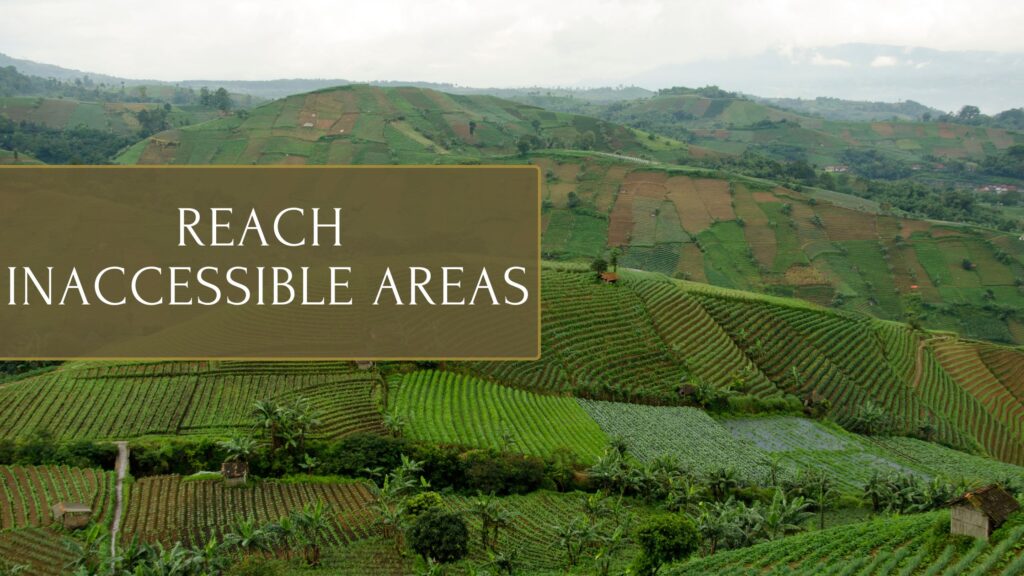 In rugged terrains, wetlands, or areas damaged by floods, traditional farming equipment may not be able to access certain fields. Spray drones, however, can easily navigate these difficult environments and apply treatments without disturbing the land. This capability is especially beneficial in areas where machinery could cause soil erosion or damage.
In rugged terrains, wetlands, or areas damaged by floods, traditional farming equipment may not be able to access certain fields. Spray drones, however, can easily navigate these difficult environments and apply treatments without disturbing the land. This capability is especially beneficial in areas where machinery could cause soil erosion or damage.
-
Emergency Crop Rescue
When unexpected events like pest outbreaks or drought occur, spray drones can be deployed as a rapid response tool. Drones can quickly apply pesticides or fertilizers to affected areas, helping to prevent crop losses during emergencies. This immediate action can make a significant difference in crop survival and farm profitability.
-
Allergen and Dust Control
In areas with high crop activity, spray drones can be used to control the spread of allergens and dust. By spraying water or dust-control agents over crops, drones help improve air quality for farmworkers and nearby residents, reducing respiratory risks in the surrounding areas.
-
Irrigation Supplementation
In regions with limited water availability, drones can supplement traditional irrigation systems by spraying water directly onto crops. This is particularly helpful during critical growth stages or when irrigation systems are strained by drought. Drones ensure that crops receive water exactly where and when they need it.
-
Biocontrol Agent Application
Drones can also be used to distribute biological control agents, such as beneficial insects or bacteria that help naturally suppress pests. This approach reduces need for chemical pesticides and promotes more sustainable farming practices. Biocontrol agents can target specific pests without harming beneficial insects or the environment.
-
Large-Scale Tree Spraying
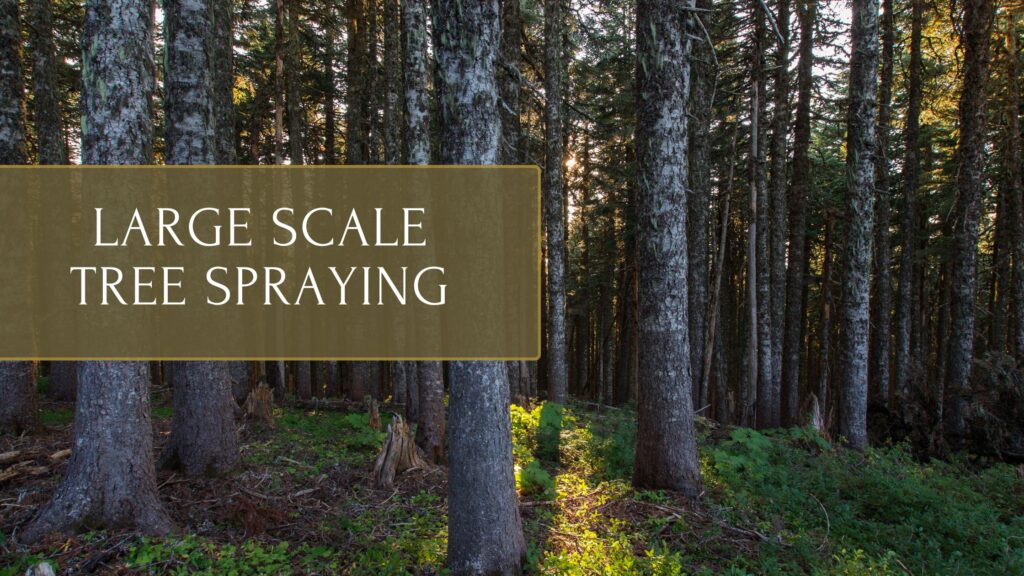 Orchards and large forestry operations often face challenges in treating tall trees. Spray drones provide an efficient solution by applying treatments like pesticides and fertilizers directly to trees without requiring ladders or specialized equipment. This makes large-scale tree spraying safer and more effective.
Orchards and large forestry operations often face challenges in treating tall trees. Spray drones provide an efficient solution by applying treatments like pesticides and fertilizers directly to trees without requiring ladders or specialized equipment. This makes large-scale tree spraying safer and more effective.
-
Sustainable Farming Practices
Perhaps one of the most important uses of agricultural spray drones is their ability to promote sustainability. By optimizing the use of resources such as water, chemicals, and fertilizers, drones help reduce waste and the environmental impact of farming. Their precision application minimizes runoff into water bodies and ensures better crop health. Additionally, by reducing the need for heavy machinery, drones help lower the carbon footprint of agricultural operations.
Conclusion
Agricultural spray drones have revolutionized the farming industry with their versatility, precision, and efficiency. Beyond their traditional uses for spraying pesticides and fertilizers, these drones are increasingly being adopted for a variety of innovative tasks, from pollination to disease management and even frost prevention. With their ability to improve productivity, reduce costs, and support sustainable farming practices, spray drones are becoming an essential tool for modern agriculture.
As drone technology advances, we can expect even more innovative applications to emerge, further transforming how we farm and manage our crops.
Interested in adding drones to your farming operation? Contact BNC Finance to learn about our flexible financing options for agricultural spray drones and take your farm’s efficiency to the next level!
16 Unique Agricultural Spray Drones Uses Revolutionizing Modern Farming
16 Unique Agricultural Spray Drone uses Revolutionizing Modern Farming In recent years, agricultural spray drones have rapidly transformed the landscape…
Innovations in Precision Agriculture: The Emergence of Drone Technology in Planting
The agricultural sector is poised for a technological revolution, with drone innovations marking a pivotal shift in farming methodologies. Specifically,…
The Role of Drones in Precision Agriculture: Elevating Farming Efficiency to New Heights
Precision agriculture marks a paradigm shift in how farming approaches, moving from traditional, broad-scale strategies to highly efficient, data-driven methodologies.…
Pioneering Agricultural Productivity: The Role of Drone Technology in Soil and Field Analysis
Soil vitality cannot be overstated in the quest for agricultural excellence. As the foundation of farming, soil health directly influences…
11 Ways Drones are Revolutionizing Agriculture
The incorporation of drone technology into the agricultural sector represents a significant transformation in farming methodologies, encompassing crop cultivation, monitoring,…
Navigating FAA Changes: A Chat with Bryan Sanders on Agricultural Spray Drones Regulations
Part 137 Changes Impacting Agricultural Spray Drones with Bryan Sanders, President of (HSE) UAV, In an industry impacted by dynamic…
The Benefits of Using Drones in Livestock Management
Transforming Agriculture: The Benefits of Using Drones in Livestock Management Technology integration into agriculture has given rise to new methods…
